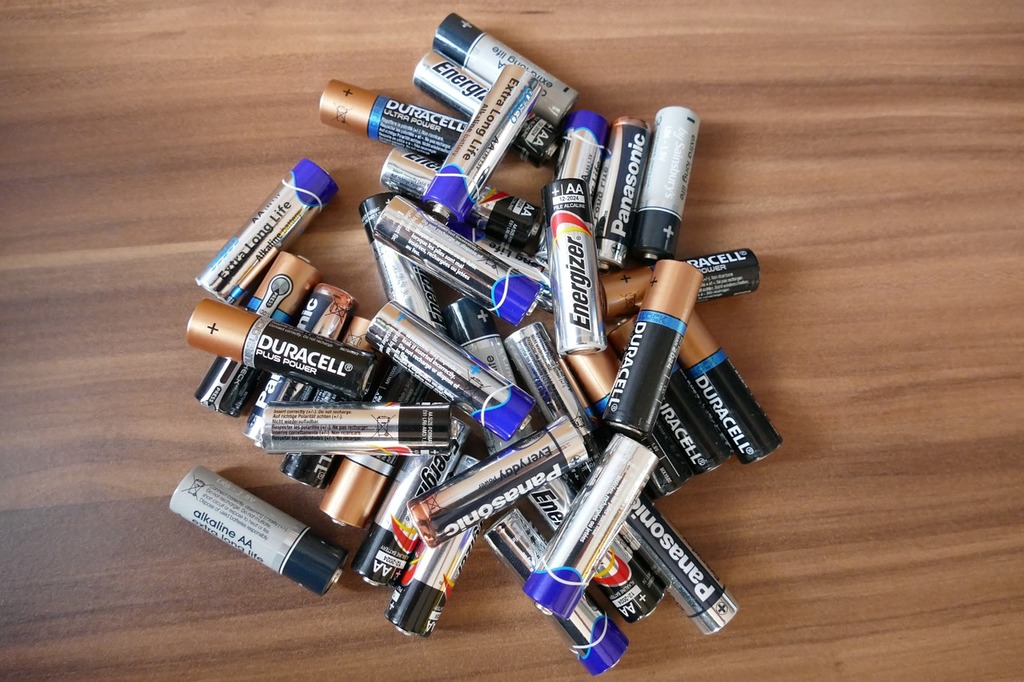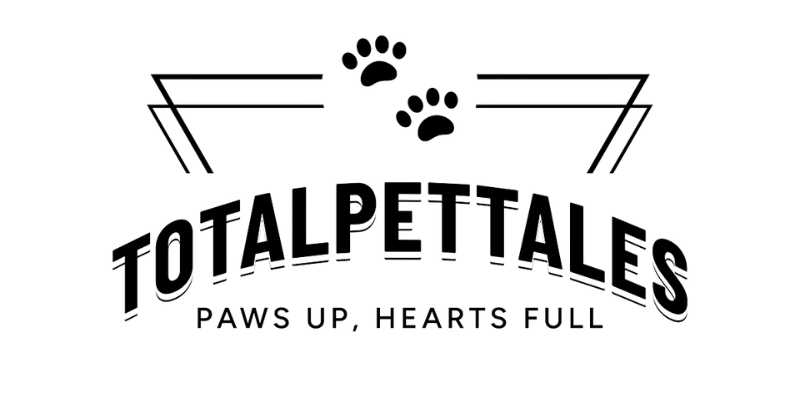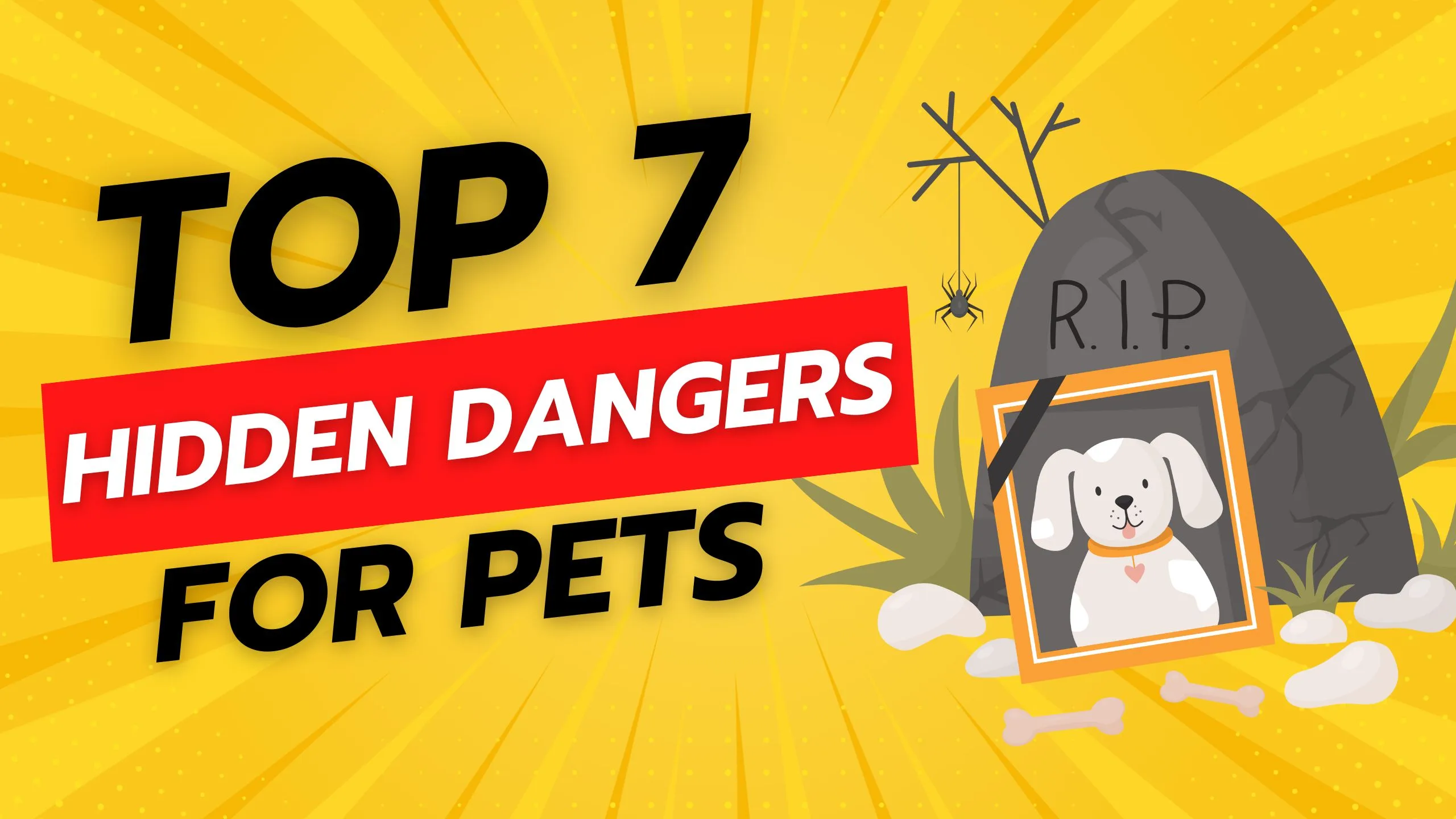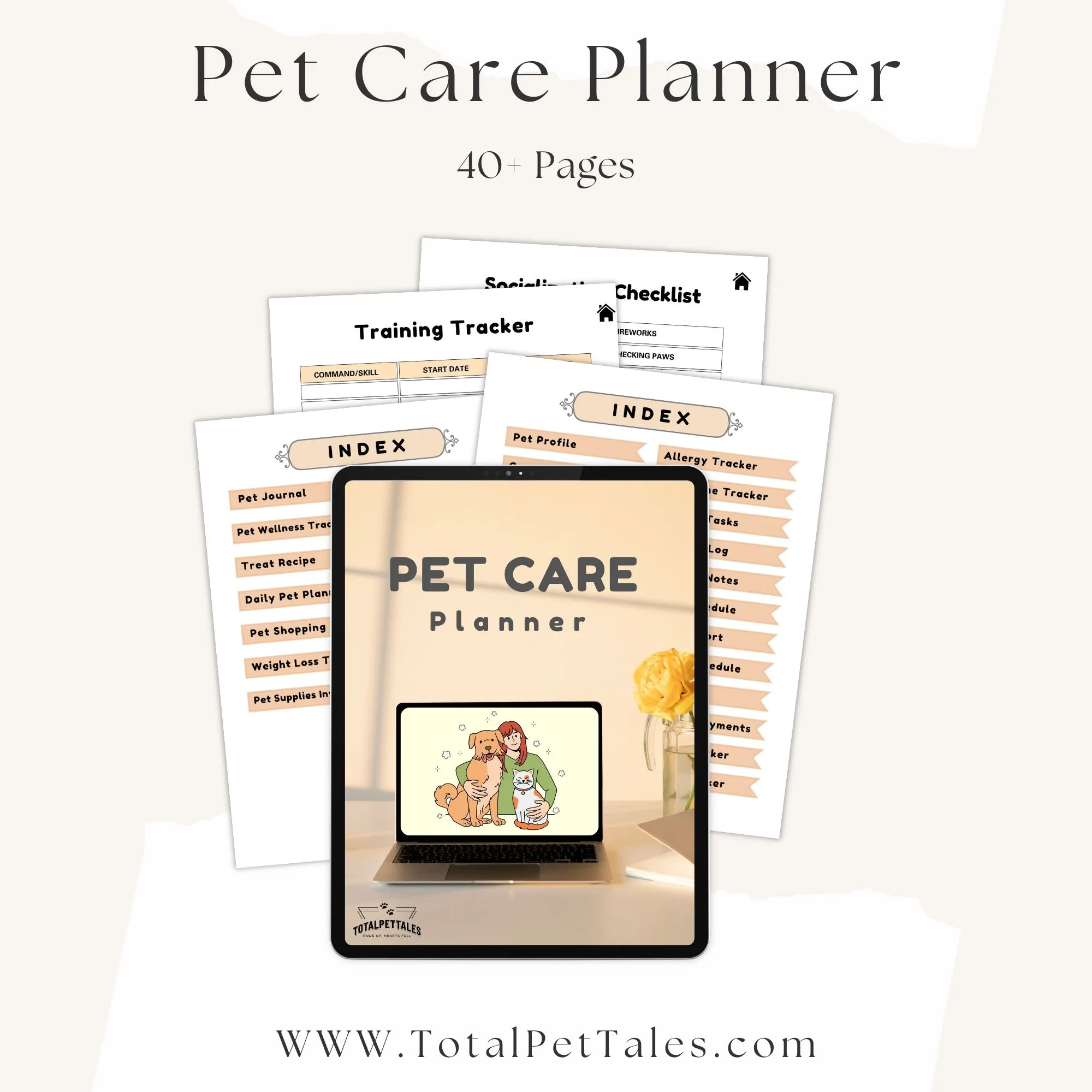Did you know lilies are super dangerous for cats? They can cause kidney failure and might kill a cat in just a couple of days.1 Thus, it’s crucial to keep our homes safe not just for us but for our pets too. Many items we use every day can actually hurt our furry friends if we’re not careful. They look innocent but can be very harmful.
This article is here to help you find out the top 7 threats in your home for pets. These dangers include plants that are poisonous, certain foods, cleaning products, meds, small items, cords, and decorations. Knowing about these dangers can help you make your home safer for your pets. This way, you can avoid accidents that might be very serious for animals. Keep reading to learn how to protect your pets from harm.
Key Takeaways
- Recognize common household hazards that pose threats to pets.
- Learn about toxic plants like lilies and how they can severely harm pets.1
- Identify dangerous foods such as chocolate and grapes that should be kept away from pets.2
- Understand the dangers posed by household cleaners and chemicals.3
- Implement safe storage techniques for medications and supplements.
- Take steps to secure electrical cords and batteries from curious pets.
- Learn about seasonal decorations that can be harmful and how to manage them safely.

Creator: Peter Gorman
Toxic Plants and Flowers
It’s important to know about common home dangers for pets. Toxic plants and flowers top the list. These can be hidden threats to your animal friends.
Common Toxic Plants
Lilies are very dangerous, especially to cats. When a cat eats them, it can lead to serious kidney problems4. The Sago Palm is another risk. It contains cycasin, leading to vomiting, diarrhea, and liver failure in cats4.
The bulbs of tulips can cause problems too. They lead to mouth pain, drooling, and a drop in blood pressure4. Azaleas and Rhododendrons are harmful as well. They can cause drooling, diarrhea, and even coma or death4.
Bulbs of daffodils result in vomiting, diarrhea, stomach pain, and heart issues if eaten4. Oleander, or Nerium, is very toxic to cats. It can cause severe vomiting, weakness, and heart problems4. Autumn Crocus might first lead to stomach issues, but can cause severe liver and kidney damage over time4.
Symptoms of Plant Poisoning
It’s vital to know the signs of plant poisoning. Look out for vomiting, tiredness, not eating, and diarrhea. Oleander can slow the heart and make pets very tired5. Marijuana can make animals have seizures, shake, and even fall into a coma5.
Tomato plants can also cause weakness and breathing trouble in pets5. If you see these symptoms, getting your pet to the vet right away is crucial. It can prevent a lot of health issues.
Pet-Safe Alternatives
Keep your home safe for pets by choosing safe plants. Boston ferns, orchids, and spider plants are great options. They look good and don’t harm your pets.
Also, check out the ASPCA’s list of plant dangers for cats and dogs5. This can help you avoid hazards inside your home and wisely pick plants for your furry friends.
![Mmmmm Chocolate [274/366] | Day 274. Trying to think of a Sw… | Flickr](https://live.staticflickr.com/8031/8041853745_e2d244c9b0_b.jpg)
Dangerous Foods
Keeping our pets safe means knowing which foods are risky. Chocolate, sweets, grapes, raisins, onions, and garlic top the list. They can be harmful, even deadly, if pets eat them.
Chocolate and Sweets
Chocolate has a dangerous substance called theobromine. It can cause problems like heart issues and seizures in pets6. Sweets, especially those with xylitol, are also a big risk. Just one piece of sugar-free gum can be fatal for a medium-sized dog6.
Remember to keep these treats away from pets.
Grapes and Raisins
Grapes and raisins might seem harmless but they’re quite dangerous. Eating them can lead to sudden kidney failure in dogs6. It’s important for pet owners to avoid giving these foods to their pets.
Onions and Garlic
Onions and garlic, part of the allium family, can cause anemia in pets. They harm red blood cells and cause serious health problems if eaten7. Making sure these veggies are not reachable is key to a safe pet environment.

Creator: Mike Mozart
Household Cleaners and Chemicals
Many dangers for pets lurk in our homes. Some of the most risky are the everyday cleaning items and chemicals. It’s vital for pet owners to make their home safe for their animals. This means opting for safe cleaning choices to keep their pets out of harm’s way.
Common Hazardous Chemicals
Bleach, ammonia, and phenols can really hurt pets if they swallow or breathe them. These chemicals often cause problems like trouble breathing, burns, and stomach issues in pets7. Things we use every day, like detergents, antifreeze, and essential oils, can also be very dangerous.
For example, just a little antifreeze with ethylene glycol can kill a cat8.8 research shows that many household cleaners can make the air inside our homes unhealthy. This can lead to half of all pet sicknesses. So, it’s key to pick cleaning products that are safe for pets.
Pet-Safe Cleaning Products
It’s wise to choose cleaning products that are safe for pets. Brands like Seventh Generation and Method make non-toxic options. These products clean well without putting pets at risk. These choices are good for keeping pets safe. Being careful with what you use and storing cleaning products the right way can make your home a safe place for animals.
Knowing and choosing pet-friendly cleaning supplies is important. It helps protect your home from things that could harm your pets. So, it’s a smart step for pet owners to take.

Creator: Brett Jordan
Medications and Supplements
Both human and pet medications are risky for pets indoors. Keep your home safe by storing these items right. Human drugs like ibuprofen and acetaminophen can hurt or even kill pets if they eat them1. Special pet meds can be harmful if not used correctly or if pets eat too much.
Human Medications
Pills like ibuprofen and acetaminophen can be harmful to pets. If they swallow these medicines, it can be dangerous. Always get help quickly if pets eat these pills by accident1. Many other medicines, both for people and pets, can also be very risky. This shows how careful we need to be with medications around pets.
Pet Medications
Pet drugs are made to be safe for certain animals when used right. But, giving the wrong dose or having another pet eat it can cause big health problems. For example, what’s safe for a dog might not be for a cat. It’s very important for pet owners to use pet medicines correctly to avoid any harm.
Storage Tips
To stop pets from getting into medicines, keep them in safe places. Use locks that kids can’t open and put medicines up high. This helps keep your pets safe7. Also, throw away old or unused medicines right. This makes sure pets can’t get to them. Doing these things is a key part of making your home safe for pets.
Keeping pets safe involves more than just hiding medicines. Pet owners should know about things like gum, grapes, and garlic that can make pets sick. Avoid these and other dangerous foods to protect your pet’s health1.

Small Objects and Toys
Small items such as buttons, batteries, and rubber bands might make pets choke1. It’s essential to keep an eye on your pet and make sure your home is safe for them. This means keeping floors clean and using the right kind of toys for your pets to play with1.
Toys can also be risky if you’re not careful. Things like small toys can make pets choke or block their stomachs if swallowed1. Choose toys made of hard plastic instead of those that can easily break or come apart. These safer toys are less likely to harm your pet1.
Button batteries are very dangerous for pets if they eat them2. It’s key to keep batteries and other harmful items in spots your pets can’t reach. Always check your living area for any dangerous things lying around to avoid accidents. Also, lock tight the trash cans to stop your pets from getting to harmful foods or objects1.

Creator: Bill Bumgarner
Electrical Cords and Batteries
Pets that like to chew are at risk of getting shocked by live cords. Around 1,000 pets die yearly from this2. To keep cords safe, use covers or deterrents to shield them from sharp teeth.
Button batteries are dangerous if pets eat them. They can burn tissue and lead to metal poisoning. There are about 3,500 reports of this every year2. Keep batteries out of reach and check your home often for any loose ones to avoid accidents.
Make sure to check every part of your house for safety. This includes making sure cords and batteries are not easily reached. Being careful like this is very important for your pet’s well-being.

Holiday Decorations
Holiday decorations make our homes cheery. Yet, they can be risky for our pets. By knowing the dangers and taking steps to prevent them, we can all enjoy the holiday season more safely.
Christmas Decor
Christmas brings joy with its trees and decorations. But, some items are dangerous for pets. To keep Christmas trees safe, make sure they’re in a solid stand. This prevents them from falling over or being climbed by curious cats9. Items like glass ornaments and hanging treats can hurt pets if broken or swallowed. It’s safer not to use them9.
Tinsel, ribbons, and yarn are also risky. They can get tangled in a pet’s stomach, leading to surgery. Foods like Christmas pudding and grapes are toxic to dogs. And remember, alcohol is dangerous for pets too9.
Halloween Hazards
Halloween means candy. Yet, keep chocolate and xylitol sweets away from pets. They are harmful. When kids get candy, make sure pets can’t reach it. Also, look out for small items in decorations. They can choke or block off pets’ stomachs if swallowed. Being cautious with Halloween decor helps keep pets safe during this spooky season.
Easter Dangers
Easter brings out plastic eggs and grass, tempting for pets to eat. Yet, they can cause bad stomach problems. To protect pets, use safe alternatives in decorating. Keep this stuff where pets can’t find it. This way, you can have a festive Easter and keep your pets healthy9.
Conclusion
Creating a pet-friendly living space means being careful about home safety, especially with dangers that often go unnoticed. Knowing what can harm our pets is the first step. For example, around 5% of pet poisonings come from eating plants, like lilies, which cause 70% of toxic reactions in cats7.
It’s also important to watch out for human foods, which cause about 25% of pet poisonings7. Foods like chocolate, grapes, and onions are very dangerous. Medications, from both people and pets, make up 20% of poisoning cases7. Keeping these things safely stored and teaching everyone in the family helps cut down these risks.
Even the chemicals we use to clean can be harmful. Pets can get sick from breathing in or touching cleaners like bleach and ammonia. These can even cause cancer in animals10. It’s better to use cleaners that are safe for pets and to be careful with essential oils, which are also toxic11. Taking these steps makes our homes safer for pets, allowing them to live without dangers inside.
FAQ
What are the most common household hazards for pets?
How can I identify toxic plants in my home?
What are the symptoms of plant poisoning in pets?
Which foods are dangerous to pets?
How can I make sure my cleaning supplies are pet-safe?
What should I do if my pet ingests medication?
How can I prevent my pet from chewing on electrical cords?
What holiday decorations are particularly hazardous to pets?
What are some pet-safe alternatives to common toxic plants?
Source Links
- https://www.rd.com/list/hidden-dangers-for-pets-at-home/
- https://faithfulfriendsvetclinic.com/common-household-hazards-for-pets-keeping-your-home-safe/
- https://www.superscoopers.com/15-hidden-dangers-for-dogs-inside-your-home/
- https://heartandpaw.com/uncategorized/plants-toxic-to-cats
- https://humanesocietyofcharlotte.org/7-surprisingly-common-plants-that-are-poisonous-to-pets/
- https://allpetsvetnh.com/what-are-the-most-dangerous-items-in-my-house-for-my-pets/
- https://bettervet.com/resources/pet-safety/toxic-household-items
- https://learn.eartheasy.com/articles/8-common-household-chemicals-harming-your-pets-their-non-toxic-alternatives
- https://www.countryliving.com/uk/wildlife/pets/a35010295/christmas-dangers-pets/
- https://learn.eartheasy.com/articles/8-common-household-chemicals-harming-your-pets-their-non-toxic-alternatives/
- https://independenceveterinaryclinic.com/pet-topics/the-hidden-dangers-to-your-pets-from-essential-oils/






0 Comments